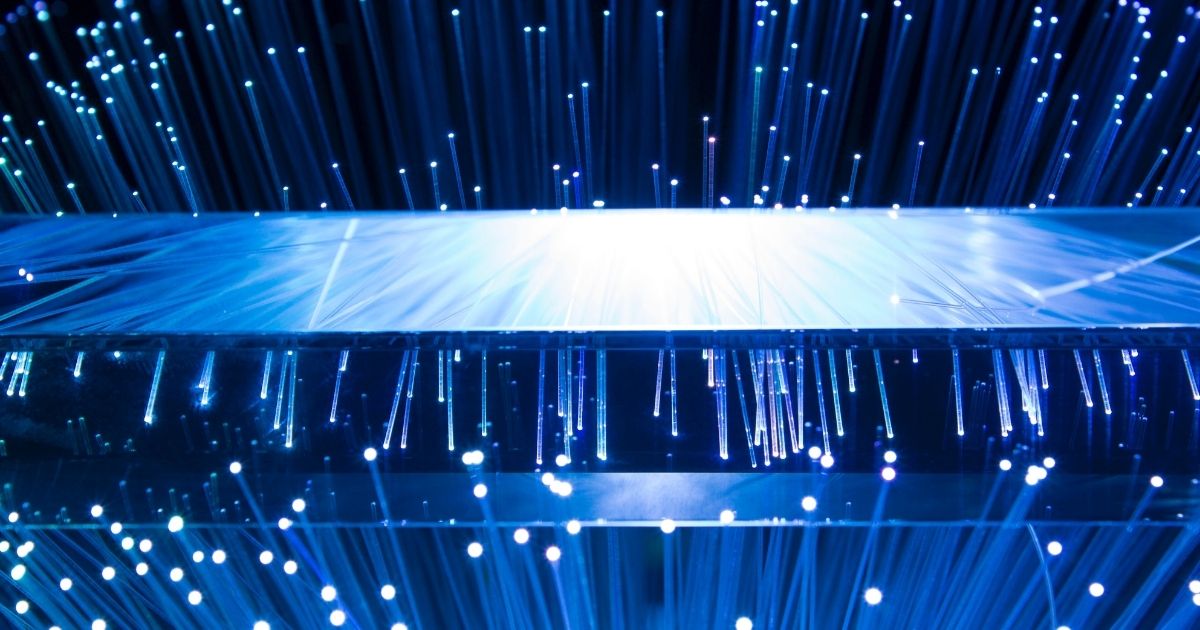

Optical fiber technology has won many fans in the last years, being in the center of many questions. For that reason we made this article answering to the top 3 questions regarding fiber.
See below these questions answered and share your opinion with us!
Why light is used for telecommunications?
Amongst the commercially available means of communication in the market, using modulated light in data-transmission, means communication is virtually instantaneous, which also makes it the fastest, which is then translated into usable data. It holds many key advantages over other technologies, such as structured cabling and radio frequency technologies. An optical fiber has a glass core through which light travels. Around this core is a layer of glass called the ‘cladding’, ensuring light doesn’t escape from the core. An optical technique known as ‘Total Internal Reflection’ keeps the light inside the core. Light travels inside the core bouncing off the walls repeatedly with continuous internal mirror-like reflection. A protective polymer coating protects the glass of the cladding from moisture, dirt, and damage. Light is really fast, making optical fiber technology the fastest long-distance transmission solution.
What are the differences between FTTH and FTTN?
FTTH (Fiber to the Home) connection goes directly to each residence, offering a higher bandwidth however it’s expensive to install. FTTN (Fiber to the Node or Neighborhood) starts by running fiber until the node, and finally to the customer, through what is usually called “last mile” service, which can be achieved with copper or other types of wire. FTTN systems just like FTTC systems, often use the coaxial or twisted-pair cable in order to achieve delivery to multiple customers.
Is optical fiber technology better than ADSL copper?
Both fiber and ADSL can be excellent choices. ADSL means Asymmetric Digital Subscriber Line and it transmits data along already existing copper cables by telephone lines. That way, copper cables started to be designed for voice transmission but have a limited bandwidth while fiber optic cables provide more bandwidth for carrying more data than copper cables of the same distance. Within the fiber cable family, single-mode fiber delivers up to twice the throughput of multimode fiber. With the main benefit of fiber being larger data bandwidth, copper can be cheaper because the telephone landline network is already in place, but operators are shifting to fiber because it´s more efficient with long-distance high-speed communications.
Related Articles: Fiber optic network: All you need to know


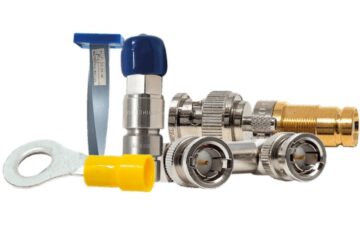
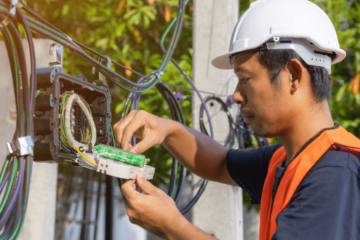

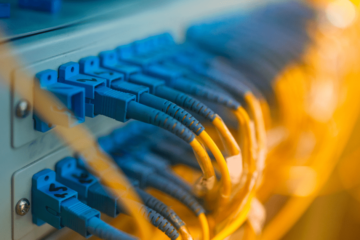

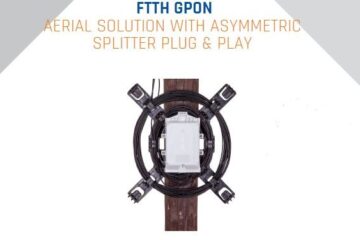
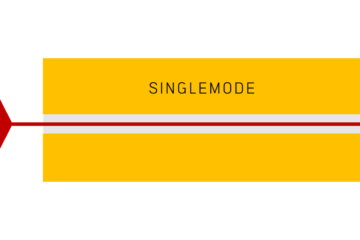

Great content! Super high-quality! Keep it up! 🙂
Thank you 🙂
Like!! Really appreciate you sharing this blog post.Really thank you! Keep writing.
Thank you very much. 🙂
very good put up, i certainly love this website, keep on it
Thanks. 🙂